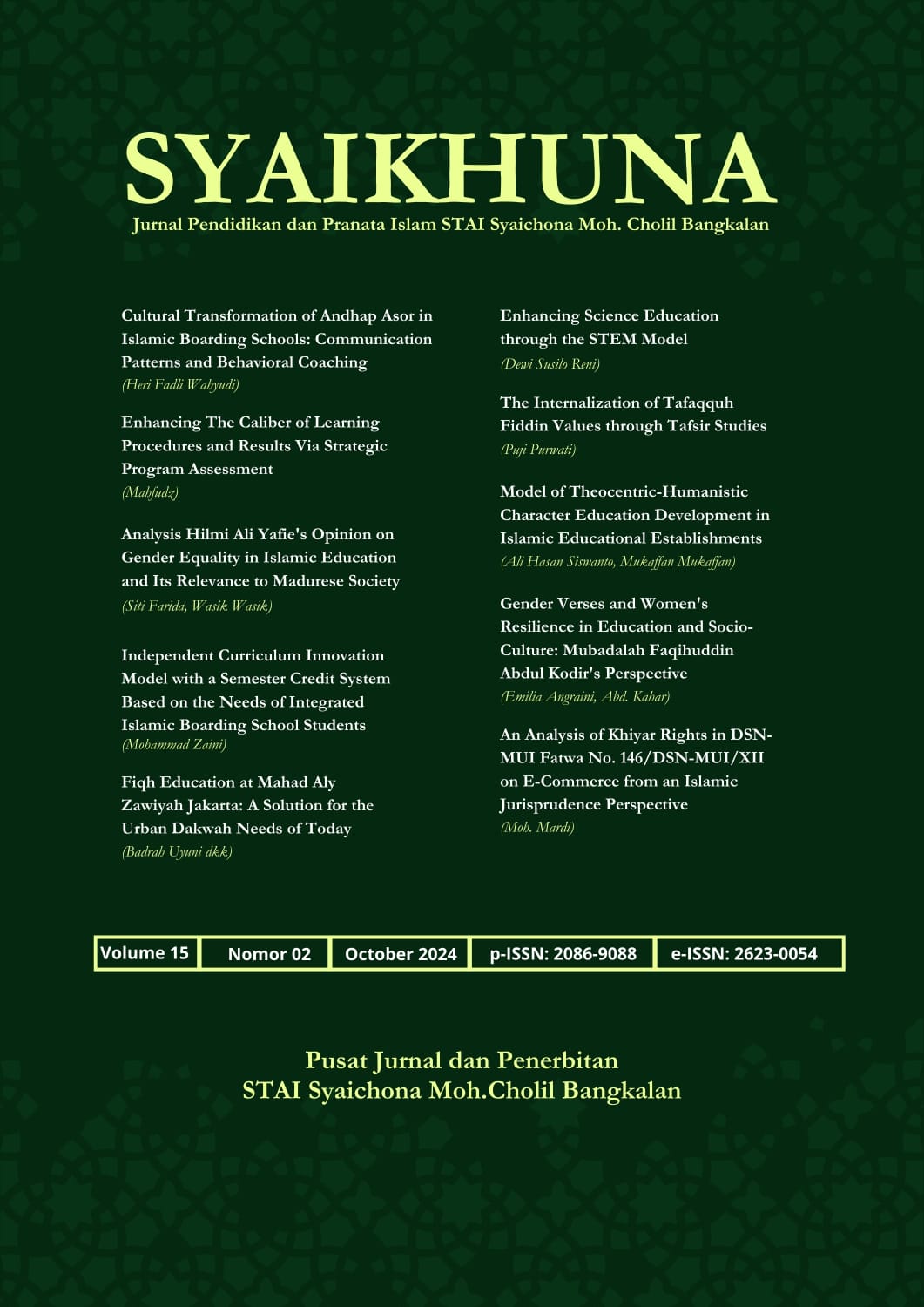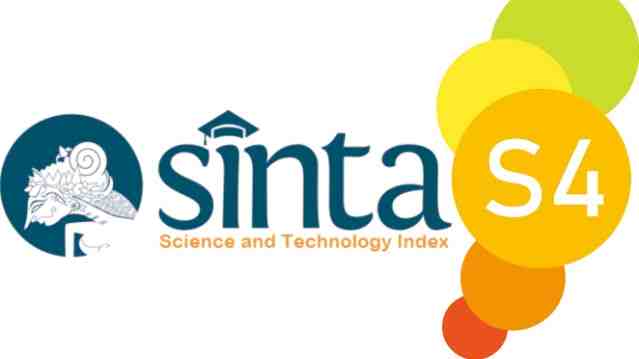Enhancing Science Education through the STEM Model
DOI:
https://doi.org/10.62730/syaikhuna.v15i02.7477Keywords:
STEM, Science Education, Elementary Madrasah, Critical Thinking SkillsAbstract
The purpose of the study was to explore the implementation of the STEM (Science, Technology, Engineering, and Mathematics) learning model and its impact on students' critical thinking skills and Creativity. The methodology used is qualitative, with data collection techniques through in-depth interviews, classroom observations, and document analysis. Participants consisted of teachers and students in several Madrasah Ibtidaiyah implementing the STEM model. The main results showed that implementing the STEM model significantly improved students' critical thinking skills, with many students reporting improvements in their ability to solve problems and collaborate on group projects. In addition, teachers reported that this approach made learning more interesting and relevant to students. The implications of this study confirm that integrating the STEM model in the Madrasah Ibtidaiyah curriculum not only strengthens conceptual understanding but also equips students with the skills needed to face future challenges.Downloads
Published
2024-10-28
How to Cite
Reni, D. S. . (2024). Enhancing Science Education through the STEM Model. Syaikhuna: Jurnal Pendidikan Dan Pranata Islam, 15(02), 210–225. https://doi.org/10.62730/syaikhuna.v15i02.7477
Issue
Section
Articles
License
Copyright (c) 2024 Dewi Susilo Reni

This work is licensed under a Creative Commons Attribution 4.0 International License.





